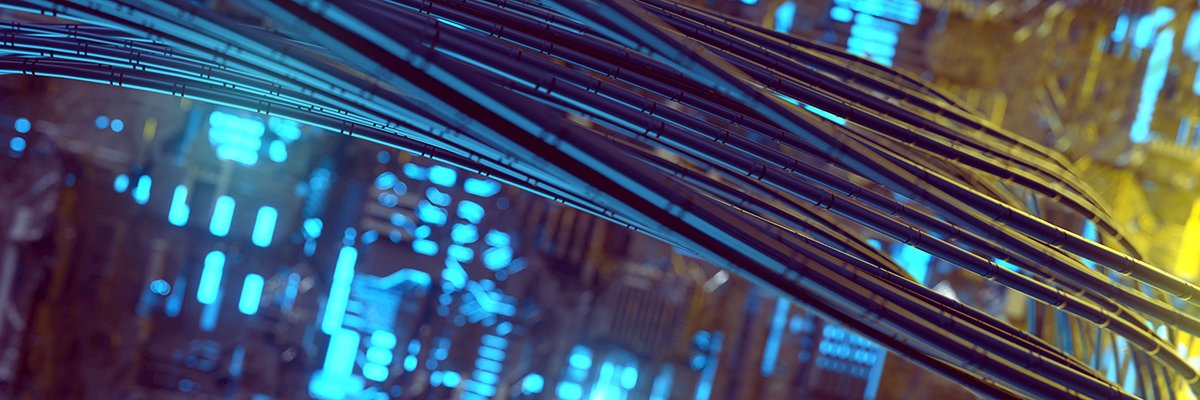Editor's note
Solid-state drives are increasingly showing up in laptops and desktops today, as solid-state pricing continues to drop. Users seeking thinner, lighter laptops are gobbling up new devices running flash drives, and others are increasing performance with laptop and desktop solid-state drives.
Solid-state drives are different from traditional hard drives in a number of ways. Traditional hard disk drives consist of a spinning disk with a read/write head on a mechanical arm. An SSD, on the other hand, has an array of semiconductor memory organized as a disk drive, using integrated circuits rather than magnetic media. SSDs have much lower latency than HDDs, which translates to much faster laptop/desktop performance.
There are a number of things you should consider before adding an SSD to an existing computer, as well as before purchasing a new computer with a flash drive. This Essential Guide offers information on how to make wise choices about desktop and laptop SSDs, troubleshooting advice for users upgrading to SSDs, articles digging deeper into how the technology works, and a look at some PC market trends today.
1Trends
Learn about what's going on with SSDs in the laptop and desktop market today.
